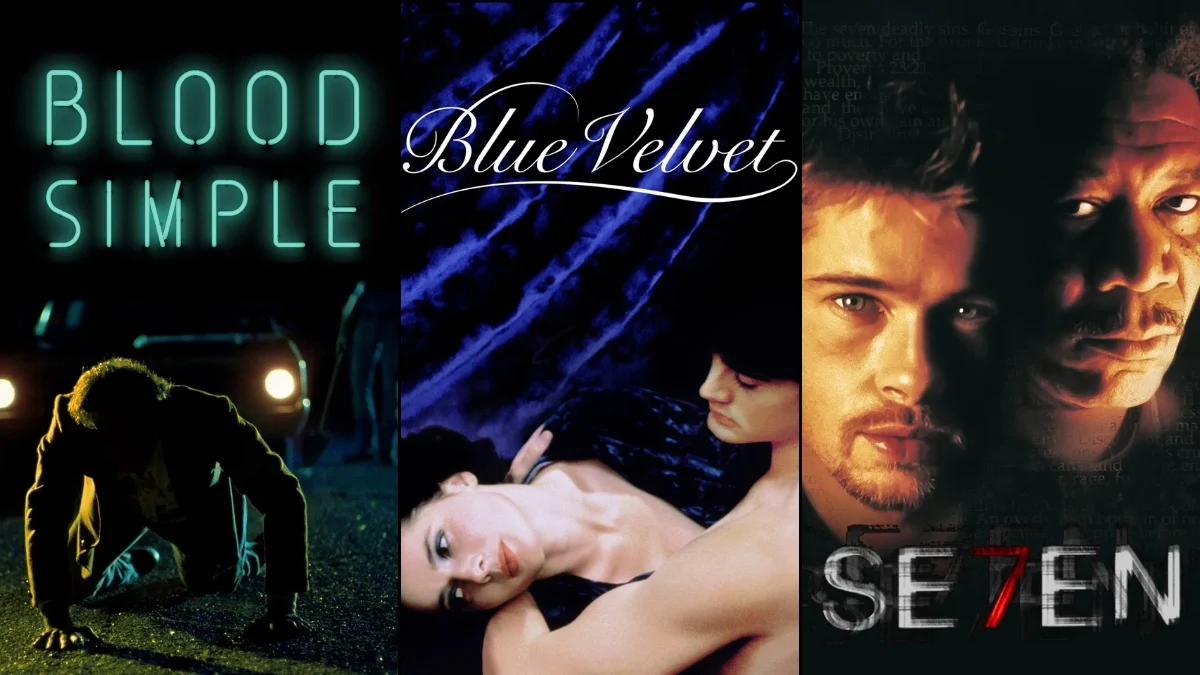
Neo-noir films are a modern take on classic film noir, updating the dark, shadowy look and cynical themes for today’s viewers. While keeping the moral gray areas of the originals, these films often add color, more intense violence, and deeper explorations of characters’ minds. By setting stories in the present day, filmmakers can examine crime and corruption in new and more realistic ways. The films that follow are important examples of how the neo-noir genre has developed and influenced cinema.
‘Chinatown’ (1974)
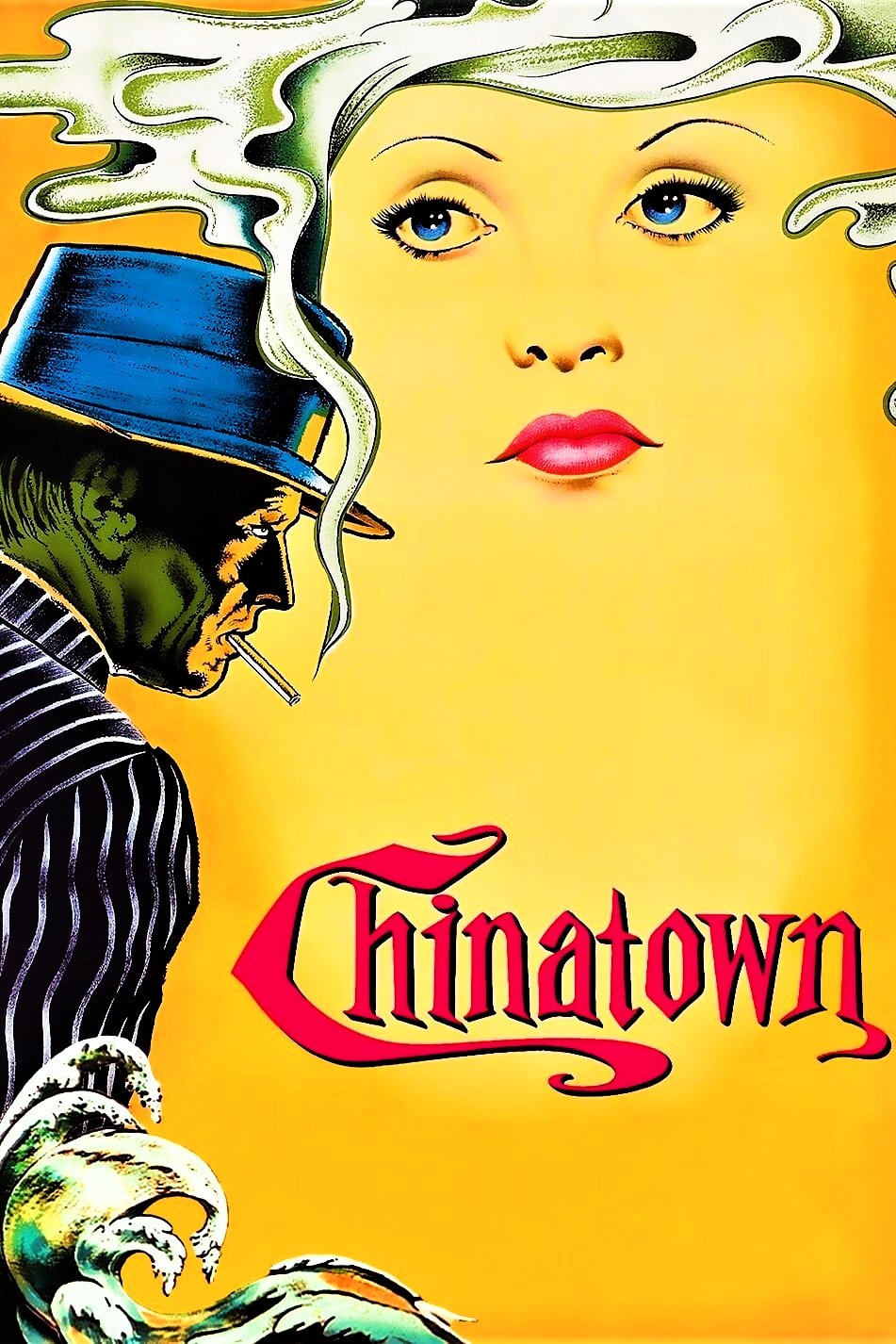
In 1930s Los Angeles, private eye J.J. Gittes stumbles upon a large-scale conspiracy involving the city’s water supply. His search for the truth pulls him into a tangled world of lies and family secrets, revealing widespread corruption. Directed by Roman Polanski, the film offers a dark and unconventional twist on the classic noir genre. Jack Nicholson gives a realistic performance as the investigator who uncovers dangerous truths. The film’s complex story and clever way of revealing information make its screenplay a favorite among film students.
‘Blade Runner’ (1982)

In a futuristic and gloomy Los Angeles, Rick Deckard, a specialized officer, is tasked with tracking down four runaway replicants – highly advanced artificial beings. The film mixes the style of classic detective stories with thought-provoking science fiction, delving into what it means to be human and the nature of artificial intelligence. Director Ridley Scott creates a visually stunning world of constant rain and bright neon lights, reminiscent of classic film noir but set in a high-tech future. Through the eyes of a world-weary bounty hunter, the story asks deep questions about the essence of life and what defines a soul. Its groundbreaking visual effects and design have made it a hugely influential film.
‘L.A. Confidential’ (1997)

Set in 1950s Los Angeles, this story follows three very different police officers as they confront widespread corruption. They initially work alone, but eventually team up to investigate a shocking multiple murder at a local diner, which leads them to uncover a high-end prostitution ring. The plot is filled with twists and turns, exposing the scandals and sensationalism of Hollywood and the press. Based on James Ellroy’s novel, the story vividly recreates the era’s blend of glamour and darkness, paying close attention to historical accuracy. It also explores the difficult choices law enforcement officers make in their pursuit of justice.
‘Se7en’ (1995)
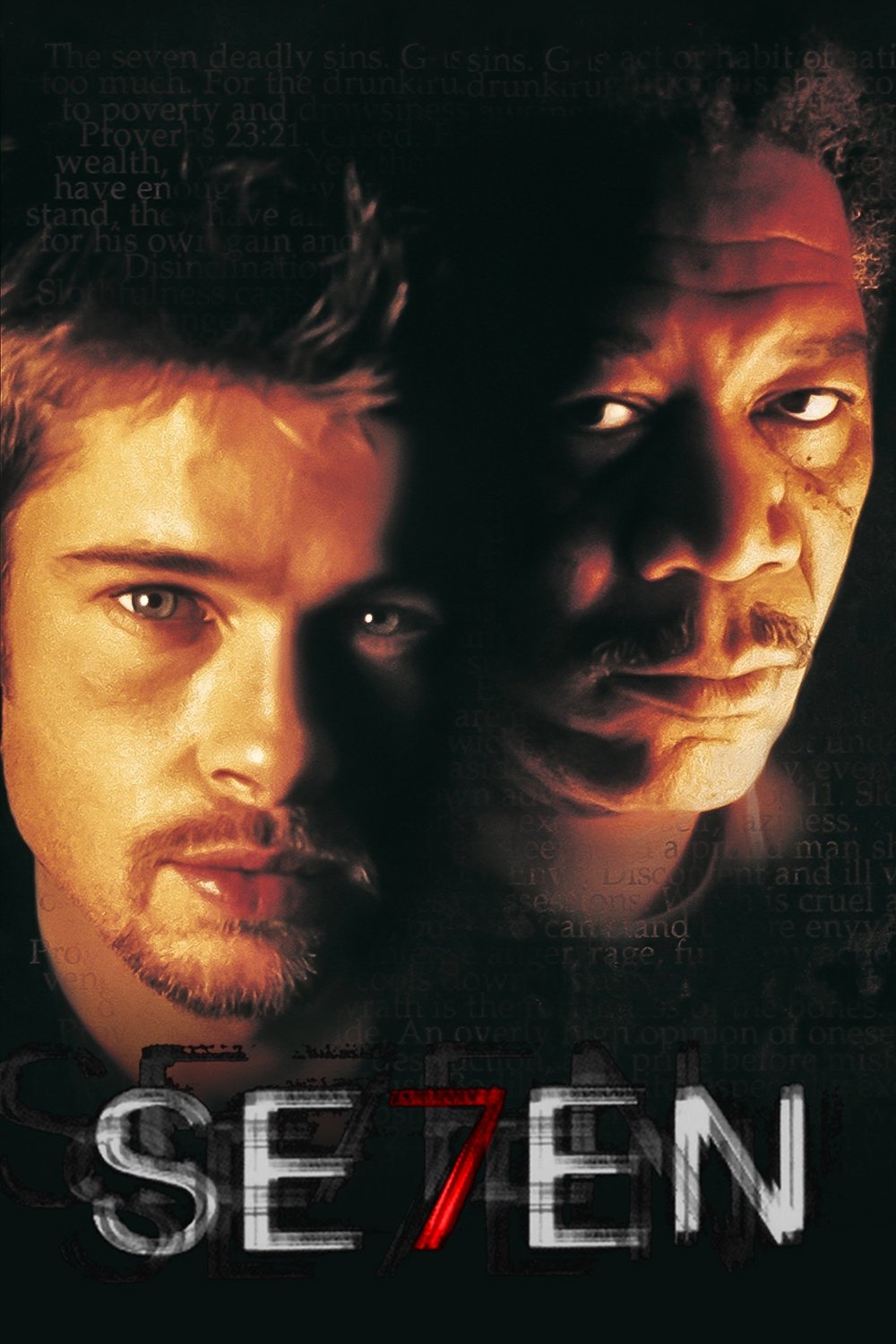
A gripping crime thriller follows two detectives – a seasoned veteran nearing retirement and his younger, more impulsive partner – as they hunt a serial killer who bases his horrific crimes on the seven deadly sins. As they get closer to catching him, the detectives clash, and the bleak, rain-soaked city mirrors the killer’s dark worldview. The film masterfully builds suspense, culminating in a shocking finale in the desert. Director David Fincher updates the classic noir style with dark lighting and a washed-out color scheme.
‘No Country for Old Men’ (2007)
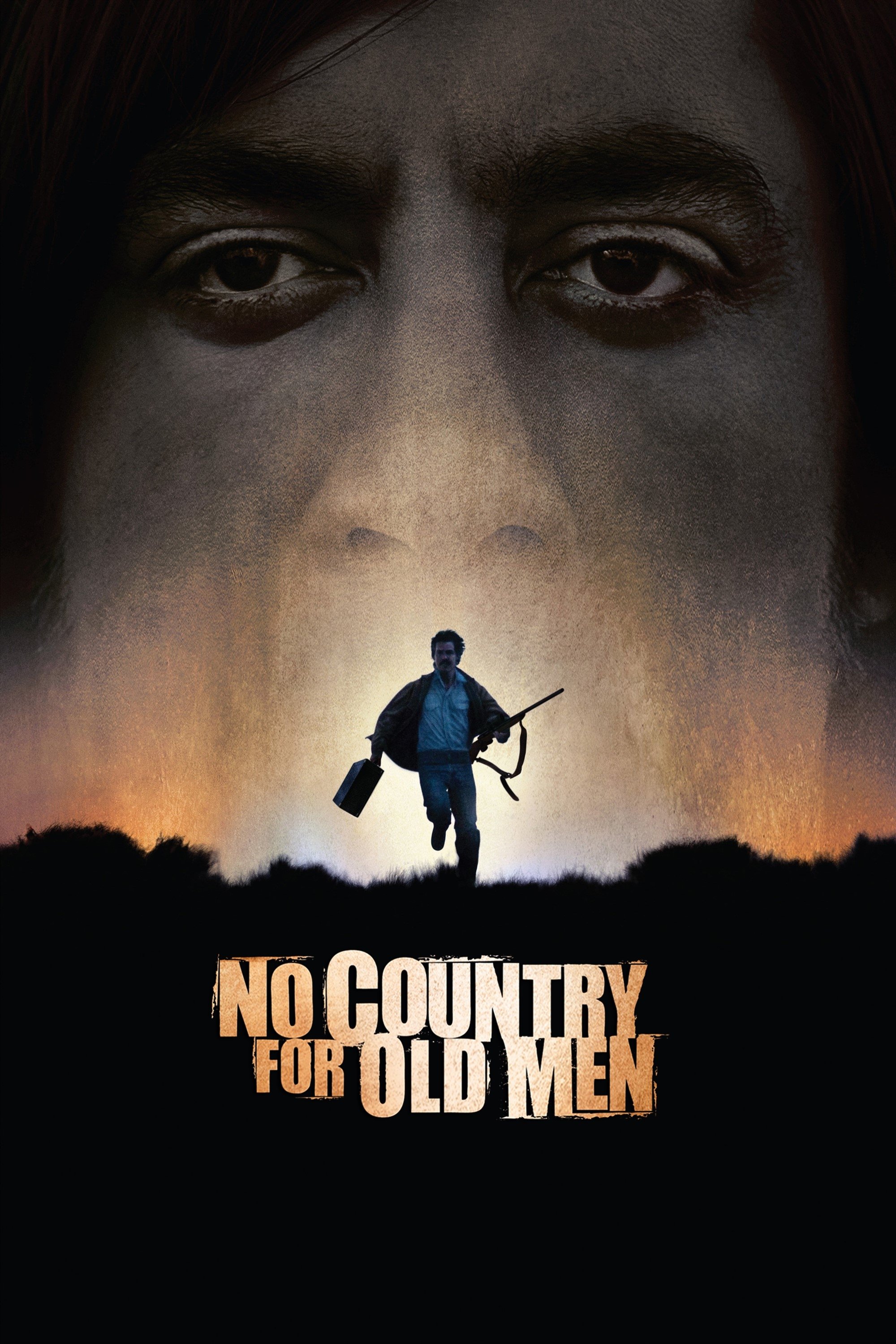
When a hunter accidentally discovers a failed drug exchange near the Rio Grande, he takes a briefcase full of money, unknowingly making himself a target. He’s relentlessly pursued by Anton Chigurh, a chilling hitman who seems to decide people’s destinies with a coin flip. Local Sheriff Bell attempts to stop the escalating violence, but struggles with the increasingly brutal and unfamiliar crimes happening in his area. The Coen brothers crafted this film with a raw, unsentimental style, offering a bleak portrayal of the contemporary American West. Instead of a shadowy city, the film uses vast, empty landscapes where no one can escape.
‘Drive’ (2011)
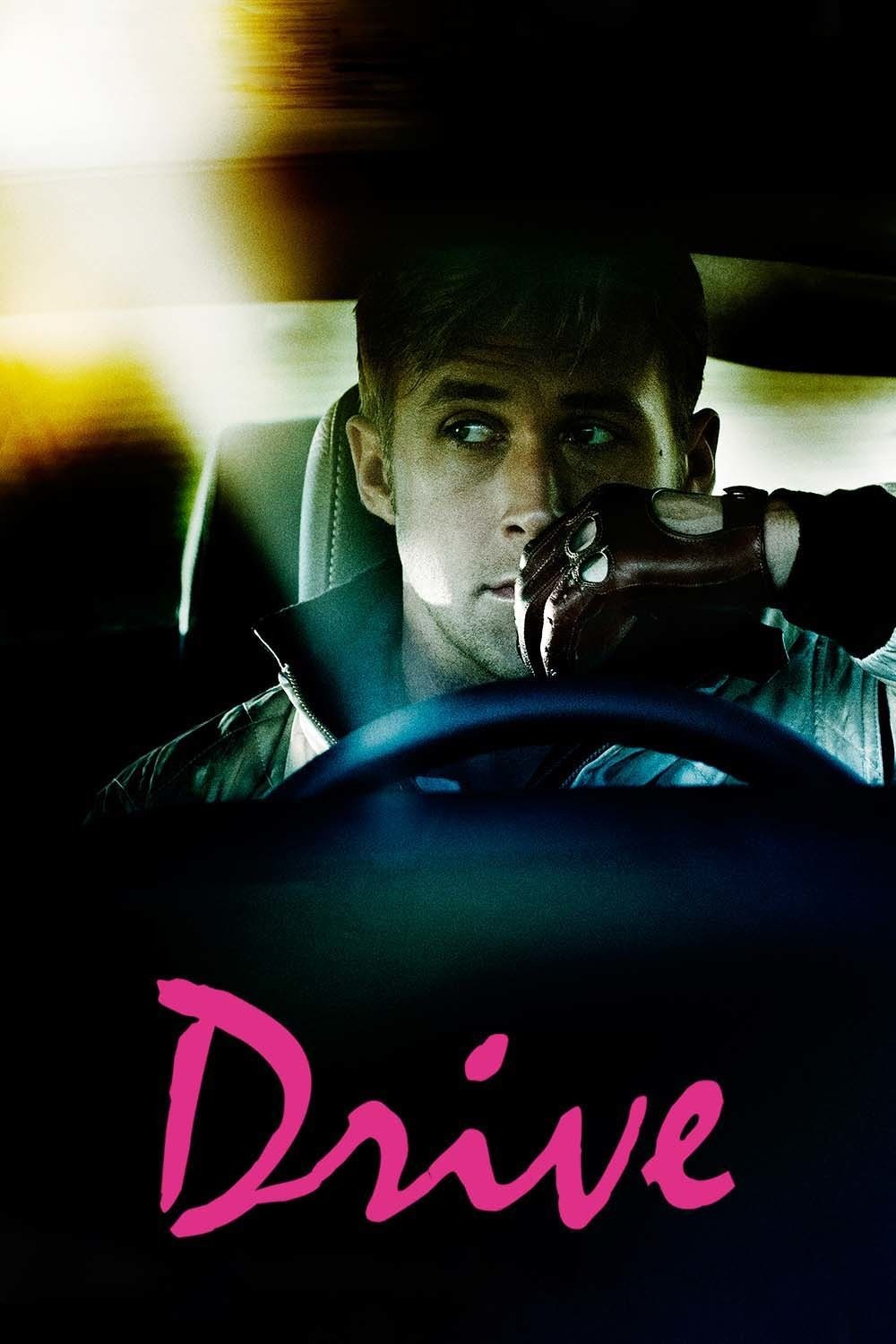
The film follows a Hollywood stuntman who secretly works as a getaway driver. He gets caught up in a dangerous situation when he tries to help a neighbor and her son, leading to a violent confrontation with ruthless gangsters. The movie is notable for its striking visual style – think neon lights and a synth-pop soundtrack – and builds suspense through quiet moments punctuated by shocking bursts of violence. The main character is never named and rarely speaks, letting his actions tell the story.
‘Memento’ (2000)
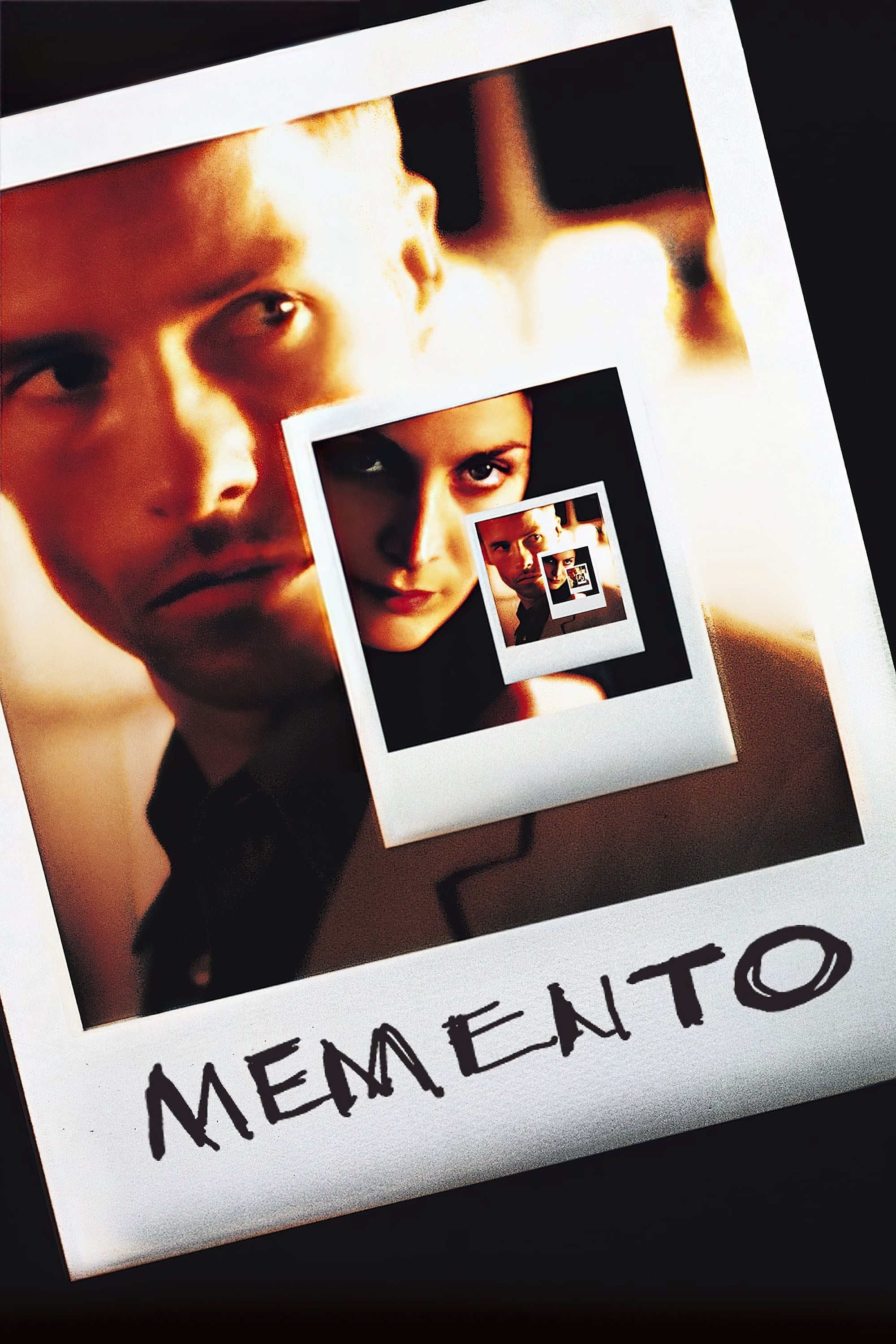
A man with short-term memory loss is trying to solve his wife’s murder. Unable to create new memories, he relies on tattoos and Polaroid photos as clues. The story is told backwards in time, mirroring the confusion of the main character and challenging the audience to understand what happened. The film is a complex mystery that makes viewers actively piece together the truth, and it raises questions about how trustworthy our own memories are and how we each perceive reality.
‘Fargo’ (1996)

Okay, so this movie is about a car salesman who gets himself into a really messed-up situation. He hires a couple of criminals to kidnap his wife, thinking he can get money from his wife’s rich dad. But things quickly spiral out of control, and people start turning up dead all over Minnesota and North Dakota – it’s a pretty bleak, snowy landscape. The police chief, Marge Gunderson, is just fantastic – she’s incredibly polite, but don’t let that fool you, she’s really smart and figures things out. What’s so interesting about this film is how it mixes really violent stuff with the everyday, almost overly polite, way people act in the Midwest. It’s a crime story, but instead of the usual dark, gritty city settings, it’s all bright, blinding snow – it’s really unlike anything else I’ve seen.
‘Nightcrawler’ (2014)
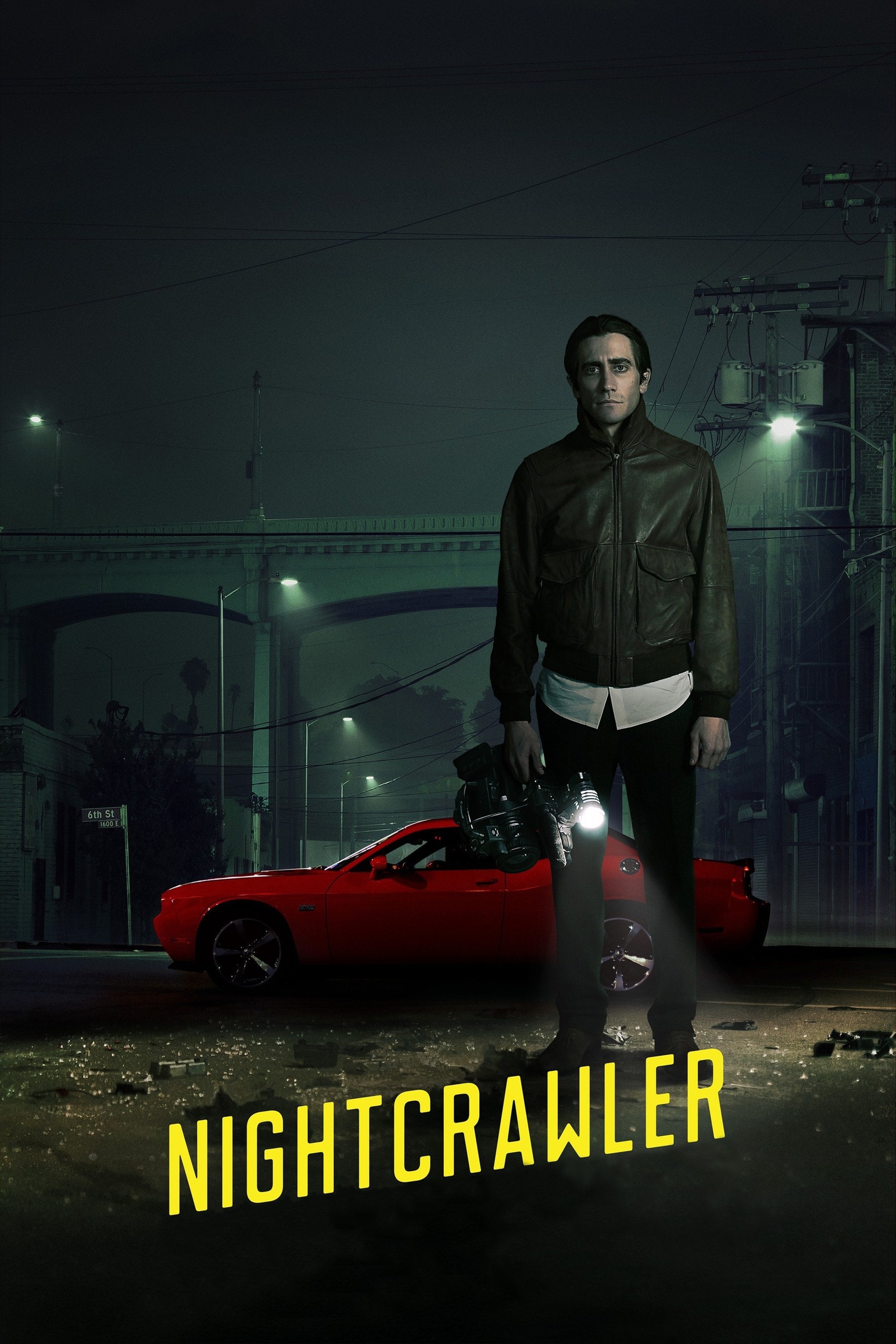
Louis Bloom is a determined but isolated man who stumbles into the cutthroat world of freelance crime reporting in Los Angeles. He starts filming accidents and crimes, selling the footage to local news channels. Driven by ambition, he gradually compromises his morals and even stages crime scenes to capture more dramatic footage. The film is a sharp critique of how the media chases sensational stories and the public’s appetite for shocking images. Jake Gyllenhaal plays Bloom as an empty, ambitious character who flourishes in the dark side of the city.
‘Zodiac’ (2007)

The film follows cartoonist Robert Graysmith as he becomes consumed by the hunt for the Zodiac Killer, who haunted the San Francisco Bay Area. For decades, journalists and police chased countless leads, but the case remained stubbornly unsolved. Directed by David Fincher, the movie offers a meticulous look at the real-life investigation, highlighting the mounting frustration and personal cost of the endless pursuit, rather than a triumphant resolution.
‘Mulholland Drive’ (2001)
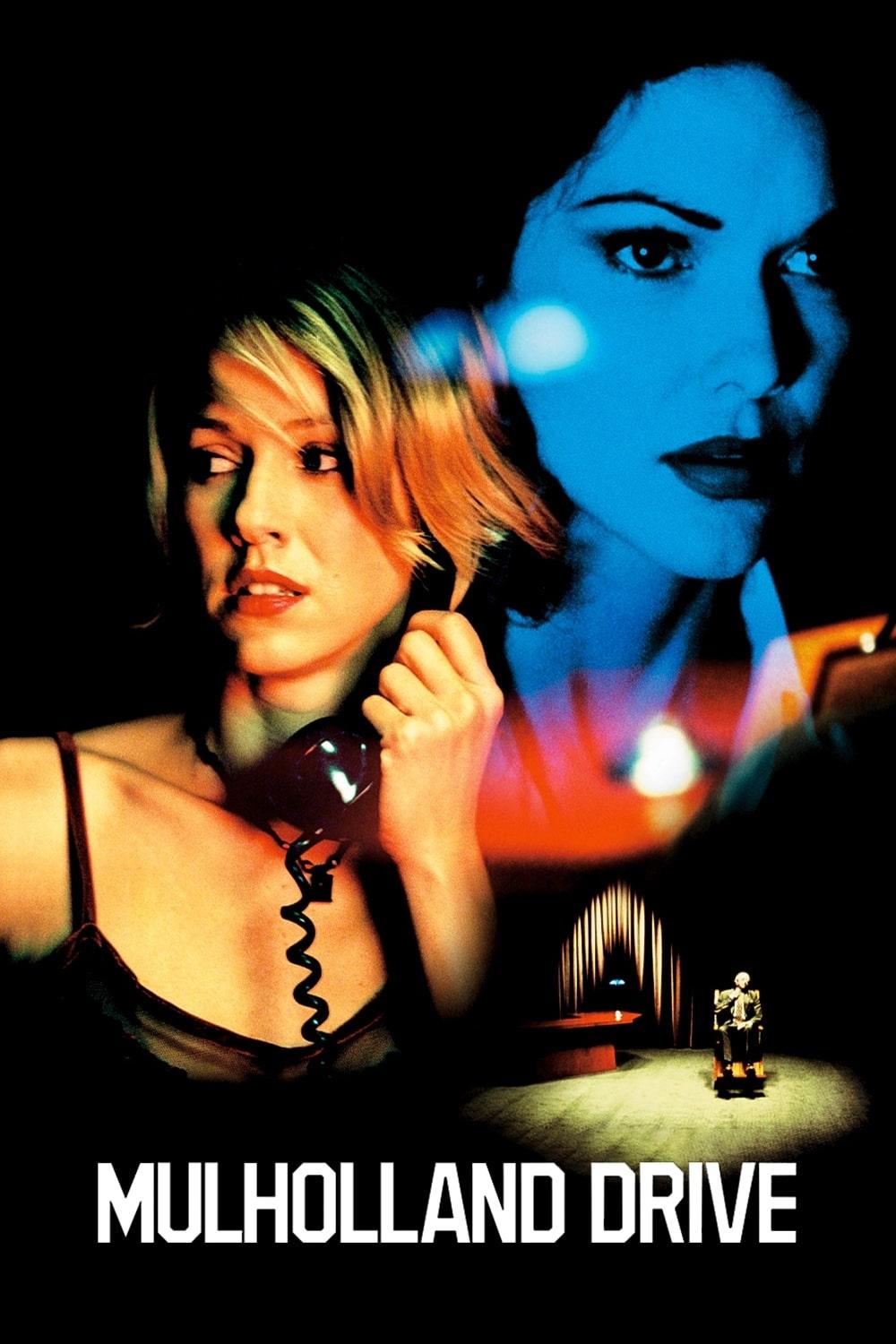
A young actress moves to Los Angeles and meets a woman with amnesia who is secretly staying at her aunt’s place. As they try to figure out the stranger’s past, strange and unsettling things begin happening around them. The film delves into the darker aspects of pursuing fame in Hollywood, playing with what feels real and what doesn’t. Director David Lynch tells the story in a deliberately confusing, dreamlike way, challenging viewers to piece things together. It also uses classic film noir elements to dismantle the glamorous image of the movie industry.
‘Taxi Driver’ (1976)
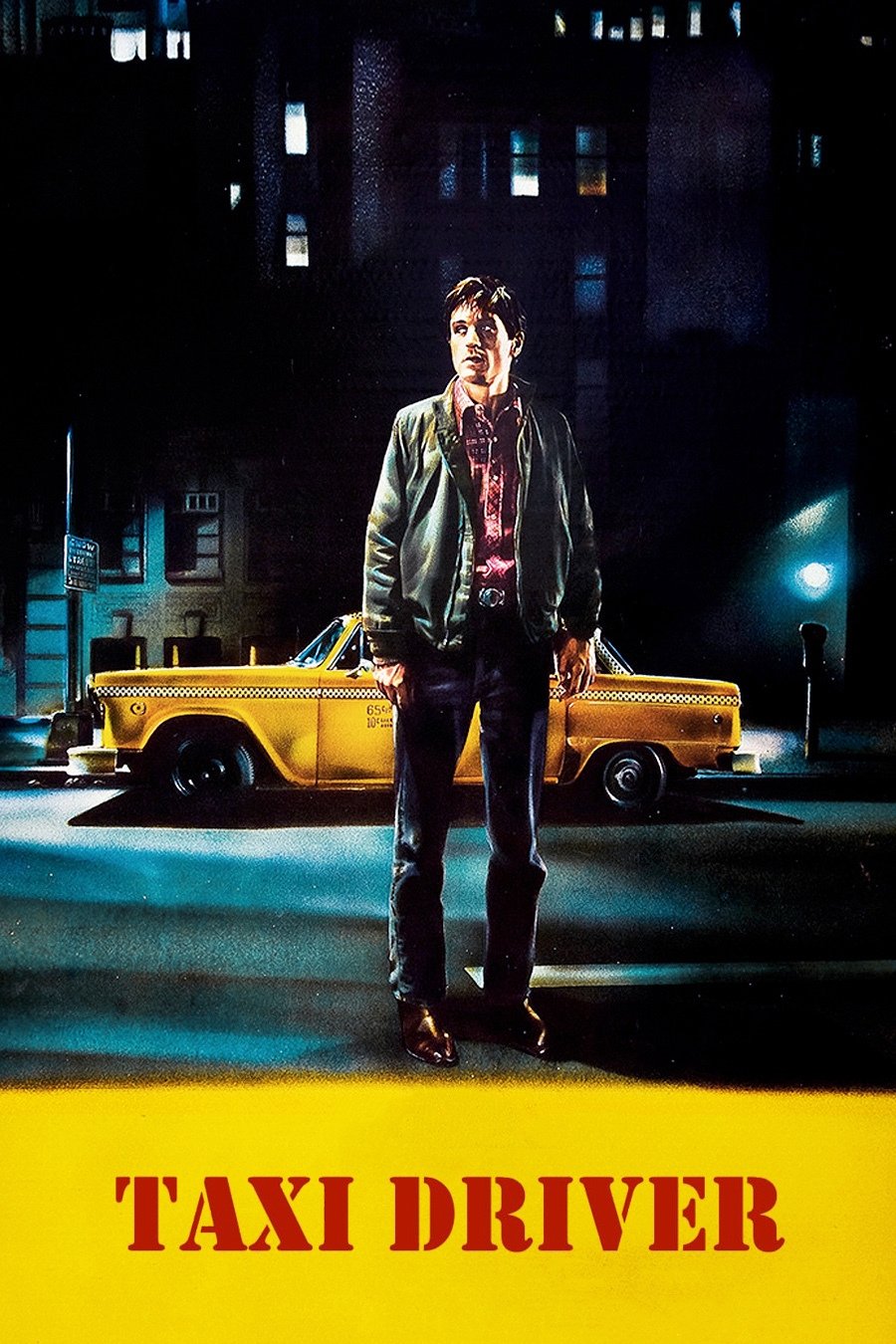
Travis Bickle, a troubled Vietnam War veteran, drives a taxi through the dark streets of 1970s New York City. He grows increasingly disturbed by the crime and decay he sees around him. When he becomes fixated on a young prostitute, he spirals into violence, attempting to become a self-appointed savior. Director Martin Scorsese vividly portrays the harsh realities of the era through Travis’s lonely perspective, enhanced by a deeply unsettling jazz score composed by Bernard Herrmann, which reflects the character’s deteriorating mental state.
‘Prisoners’ (2013)
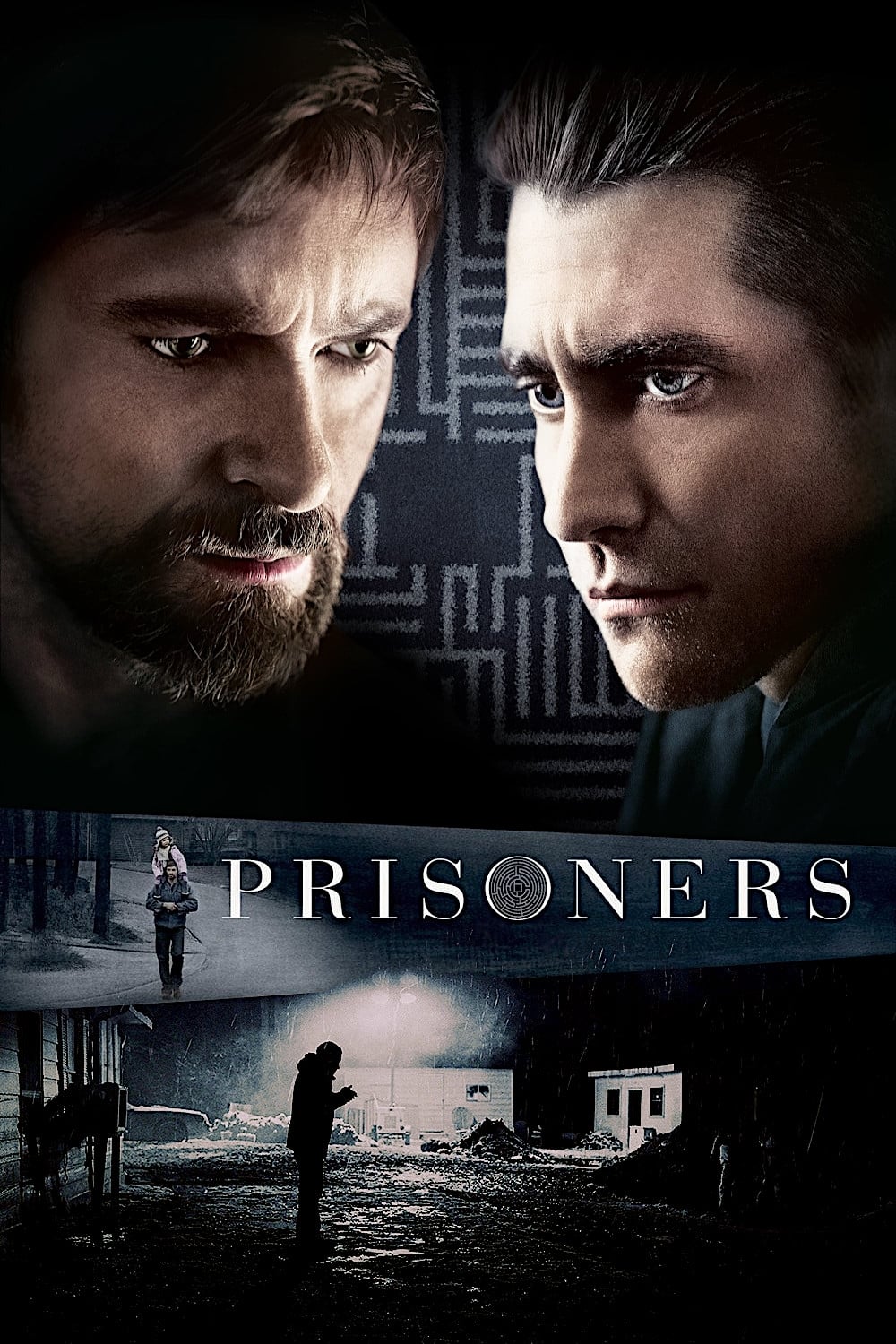
When Keller Dover’s daughter and a friend disappear, he takes the law into his own hands, kidnapping the man he believes is responsible – even though the police had to let him go due to lack of proof. Detective Loki is in a frantic race against time to find the girls and figure out what Dover is up to. The film delves into the difficult questions of revenge and how far a parent will go when their child is in danger. Director Denis Villeneuve creates a dark and unsettling mood with constant rain and a sense of foreboding.
‘The Long Goodbye’ (1973)
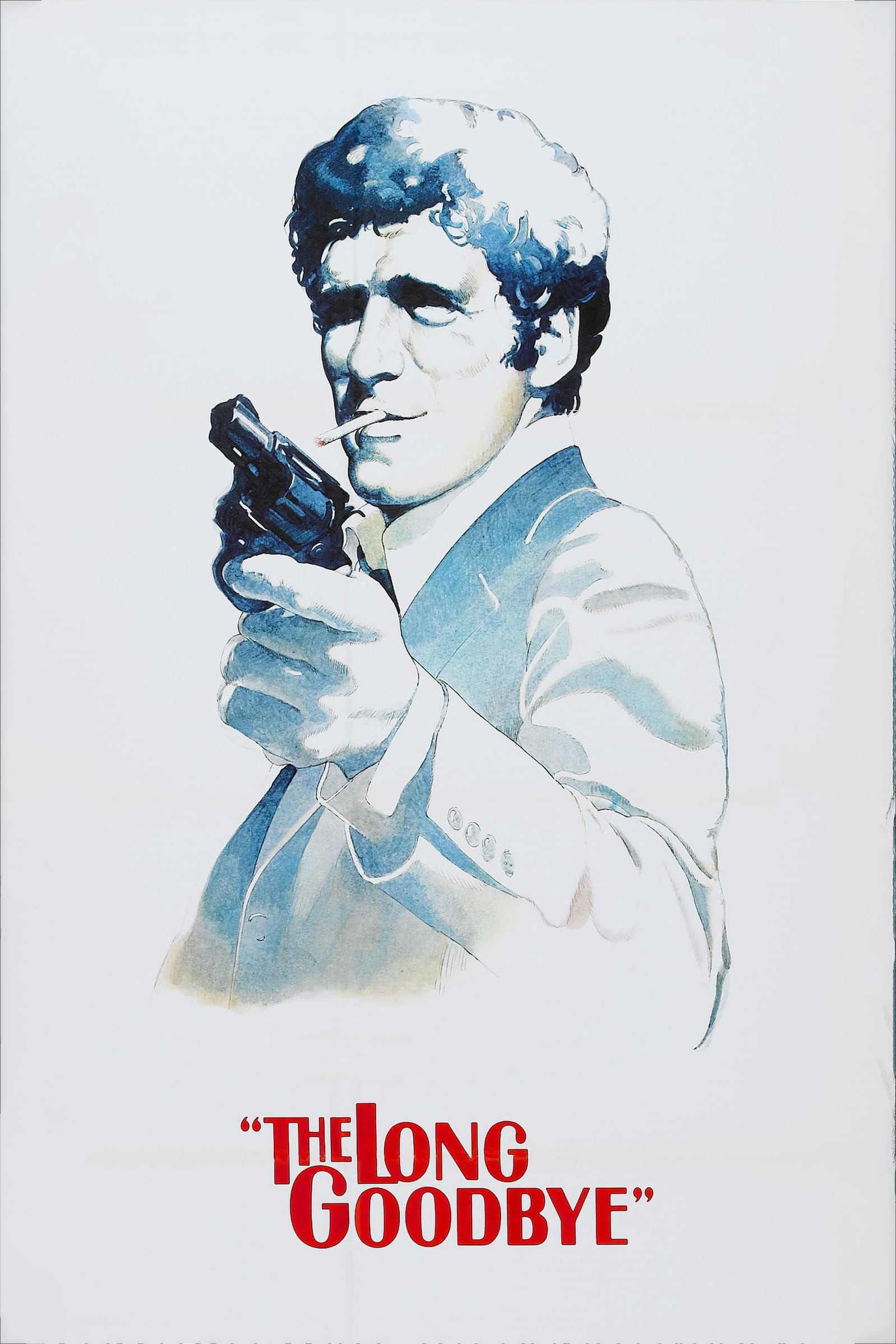
As a film buff, I recently watched this take on Philip Marlowe, and it’s really something. It follows the private eye as he tries to clear a friend who’s been accused of murder. The movie drops you right into a vibrant, sun-soaked 1970s Los Angeles, packed with quirky people and a lot of double-dealing. What’s cool is how Altman reimagines Marlowe as a bit of an old-fashioned guy in a changing world. The story isn’t super straightforward – it kind of wanders – but that’s deliberate. It’s all about building the mood and really letting Marlowe’s unique personality shine through. It’s a clever film because it both playfully pokes fun at detective stories and clearly loves the classic novels that inspired them.
‘Blood Simple’ (1984)
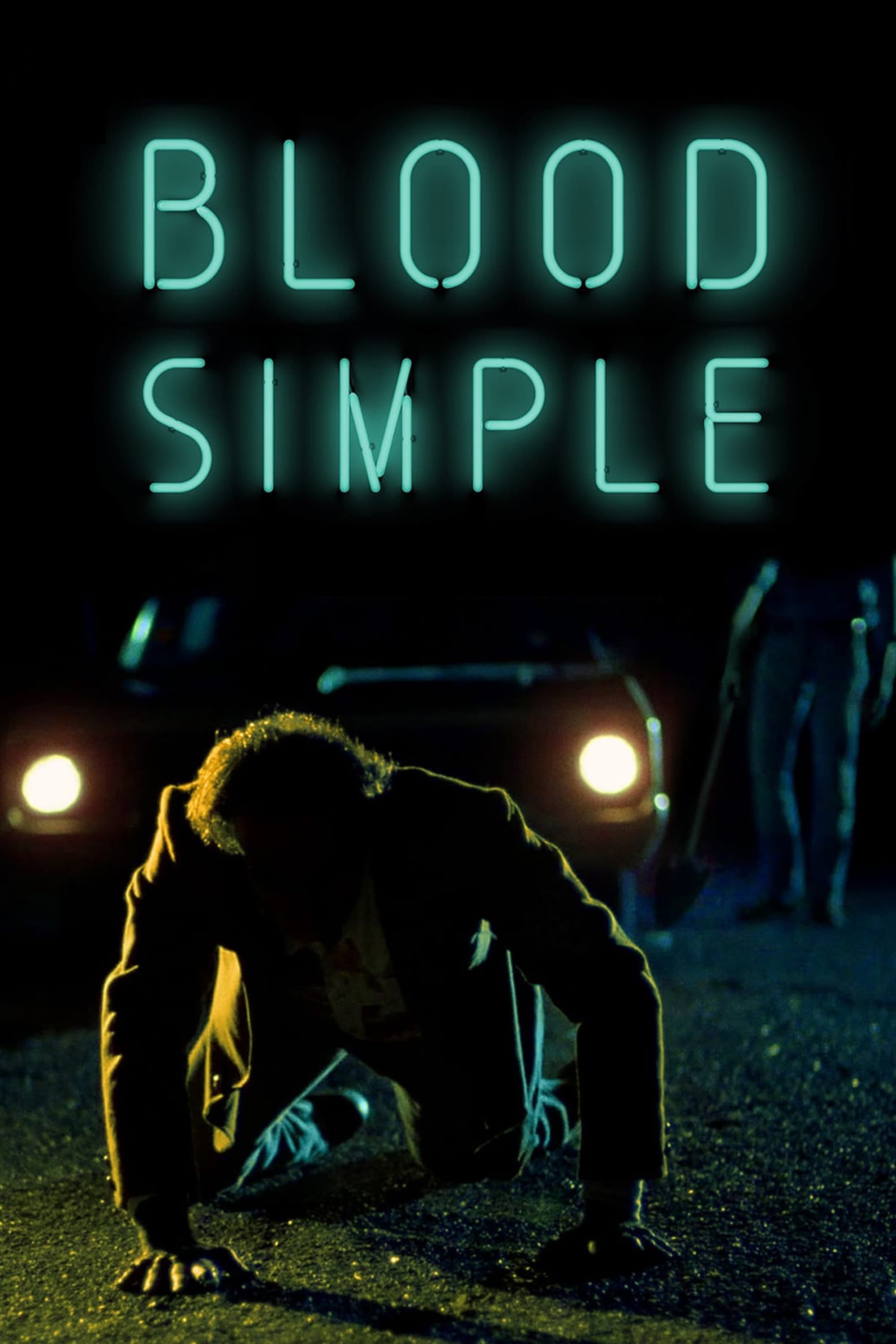
A rich nightclub owner attempts to have his wife and her lover murdered, enlisting a down-on-his-luck private investigator to do the job. However, the scheme immediately falls apart due to miscommunications and betrayals between the four people involved. As suspicion and fear grow, the characters resort to irreversible violence. This film marks the Coen brothers’ first feature, showcasing their trademark dark comedy and suspenseful atmosphere, all set in Texas. The movie’s striking visuals, with a focus on neon lights and shadows, significantly enhance the story’s tight, thrilling pace.
‘Heat’ (1995)
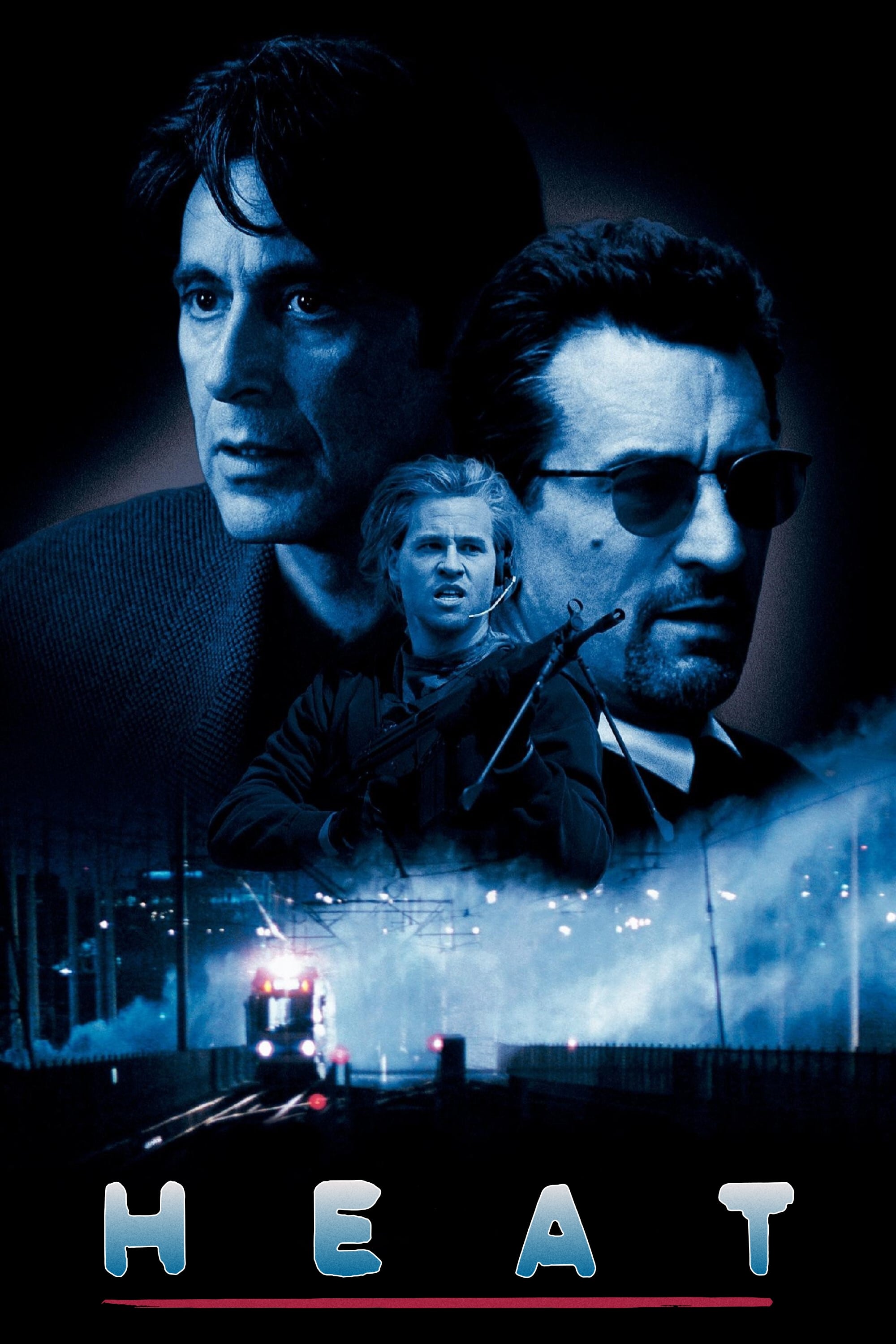
A highly skilled thief is planning a final, ambitious bank robbery as a determined detective relentlessly pursues his team. Despite being on opposite sides of the law, the thief and detective share a hidden respect for each other. Their rivalry unfolds against the backdrop of Los Angeles, filled with thrilling action. The film delves into how being consumed by work can damage personal lives, and it’s famous for showing believable police work and realistic gun battles.
‘Blue Velvet’ (1986)

When college student Jeffrey Beaumont finds a severed ear, he’s drawn into a dangerous world of crime involving a singer and a ruthless gangster. The film reveals a hidden darkness beneath the seemingly perfect surface of a typical American small town. Director David Lynch uses strange and unsettling visuals to build a gripping mystery, and the difference between the town’s bright exterior and the shadowy interiors creates a distinct and unsettling atmosphere.
‘Gone Girl’ (2014)
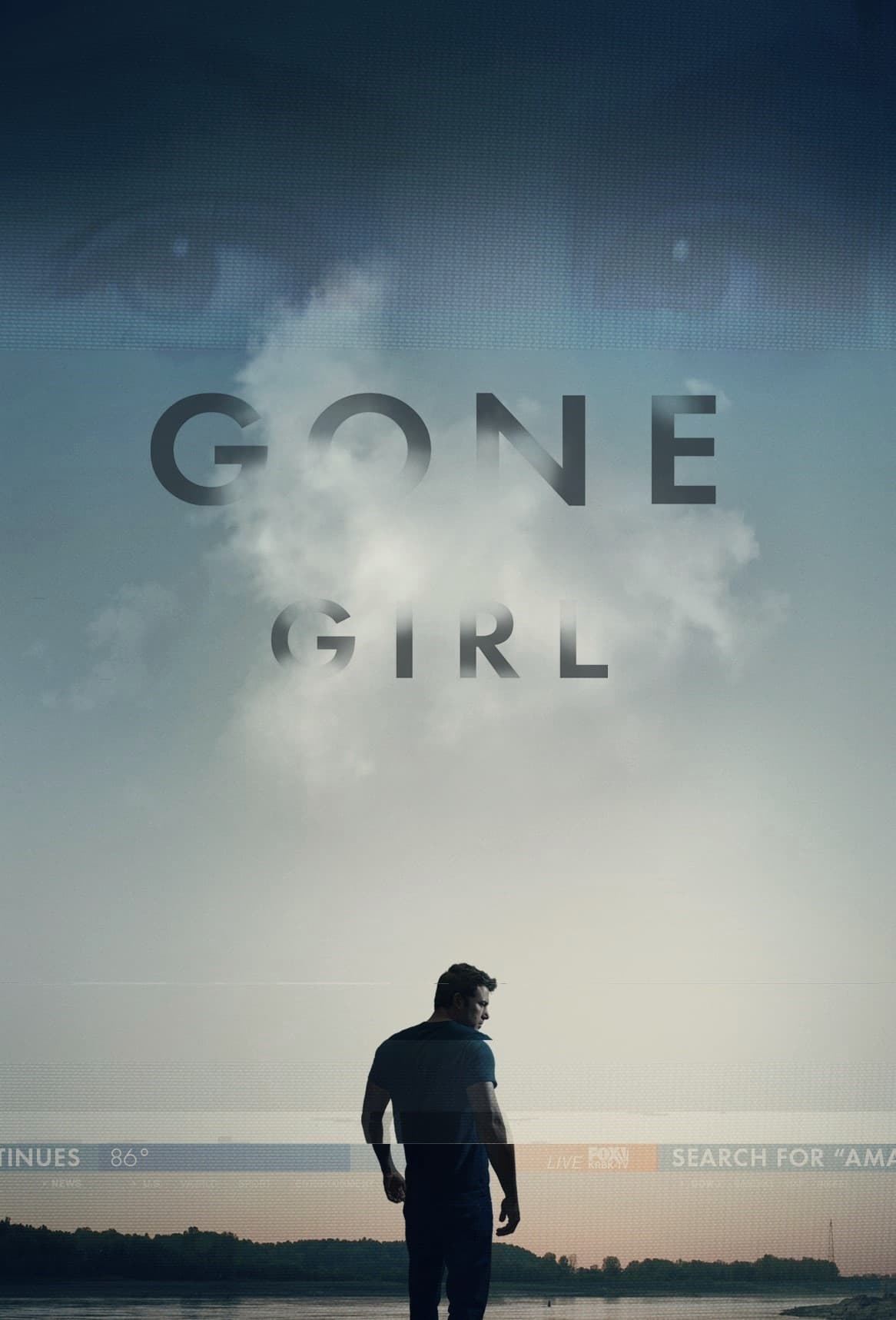
On their fifth wedding anniversary, Nick Dunne finds himself suspected when his wife, Amy, vanishes. As the media and public focus on the case, hidden truths about their marriage are revealed. The story unfolds from different viewpoints, showing a twisted power struggle between Nick and Amy. Director David Fincher’s film explores how appearances can be deceiving in marriage and how the media shapes stories. The film’s striking visuals highlight the characters’ calculated and cold behavior.
Tell us which of these modern classics is your favorite in the comments.
Read More
- DOGE PREDICTION. DOGE cryptocurrency
- Calvin Harris Announces India Debut With 2 Shows Across Mumbai and Bangalore in November: How to Attend
- The Relentless Ascent of Broadcom Stock: Why It’s Not Too Late to Jump In
- EQT Earnings: Strong Production
- Heights Capital Bets $16M on ImmunityBio: A Calculated Gamble?
- TON PREDICTION. TON cryptocurrency
- Why Rocket Lab Stock Skyrocketed Last Week
- Docusign’s Theatrical Ascent Amidst Market Farce
- HBO Boss Discusses the Possibility of THE PENGUIN Season 2
- Taika Waititi to Ruin Dredd with Goofy New Movie
2025-11-23 20:47